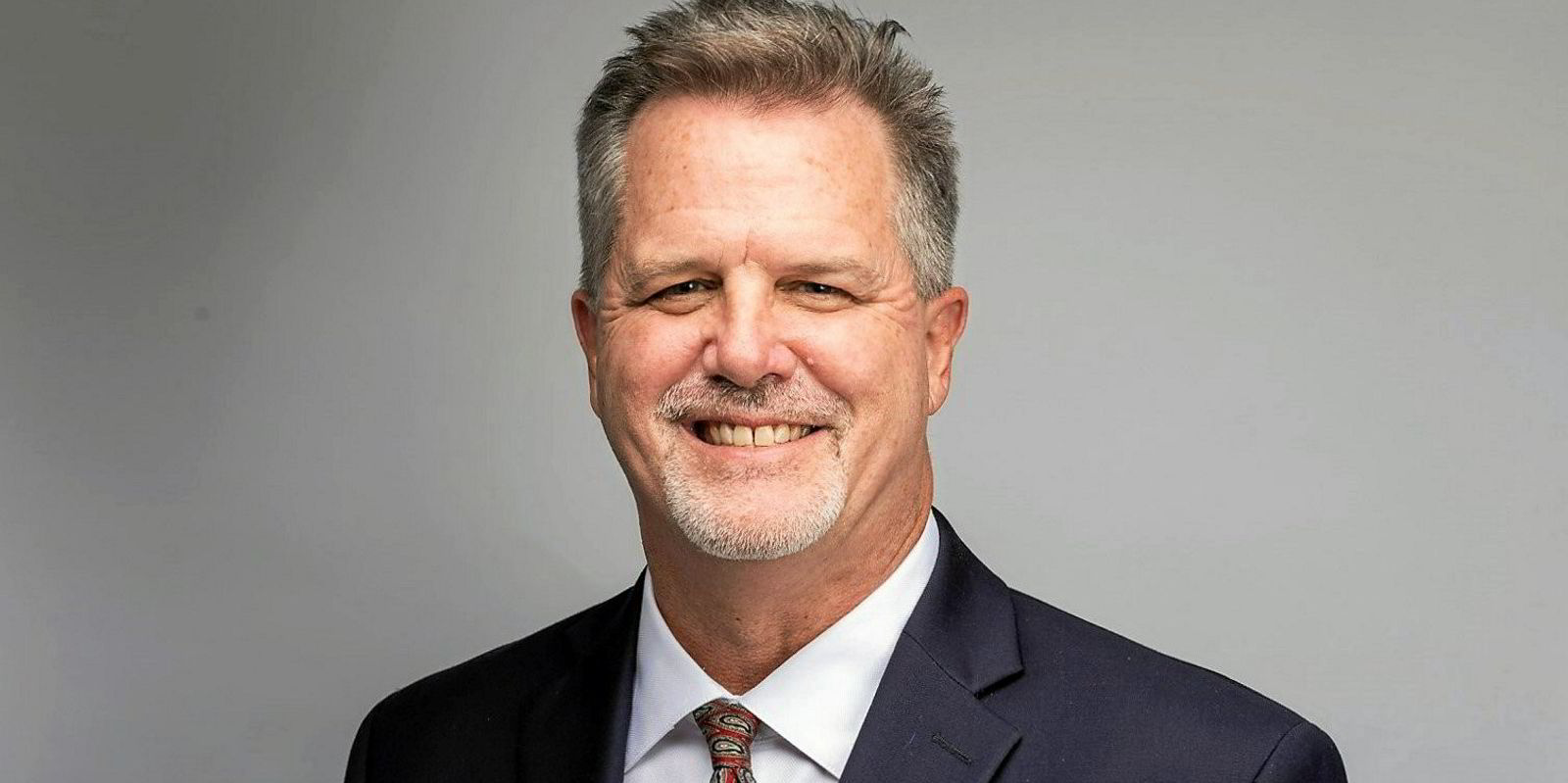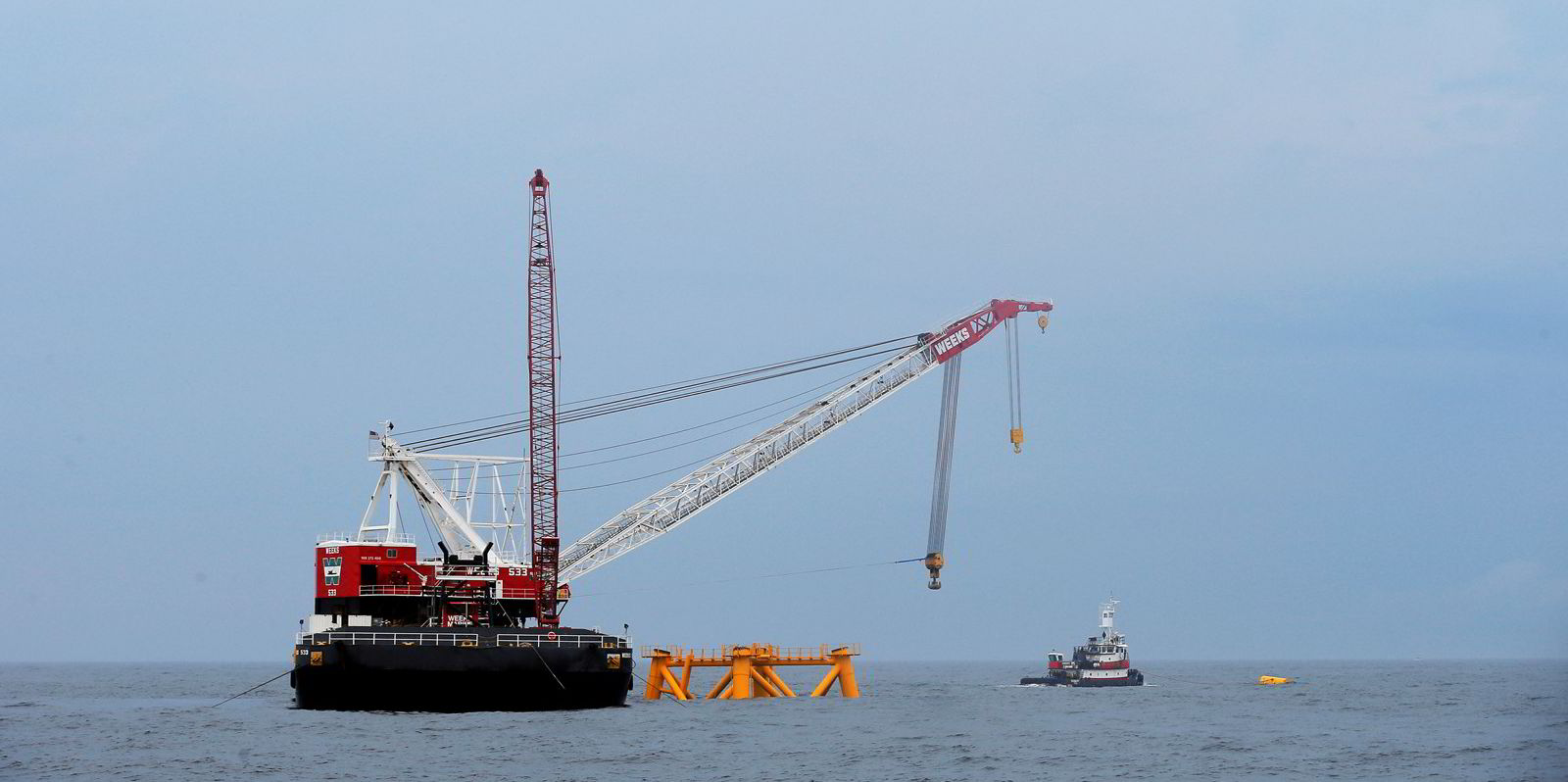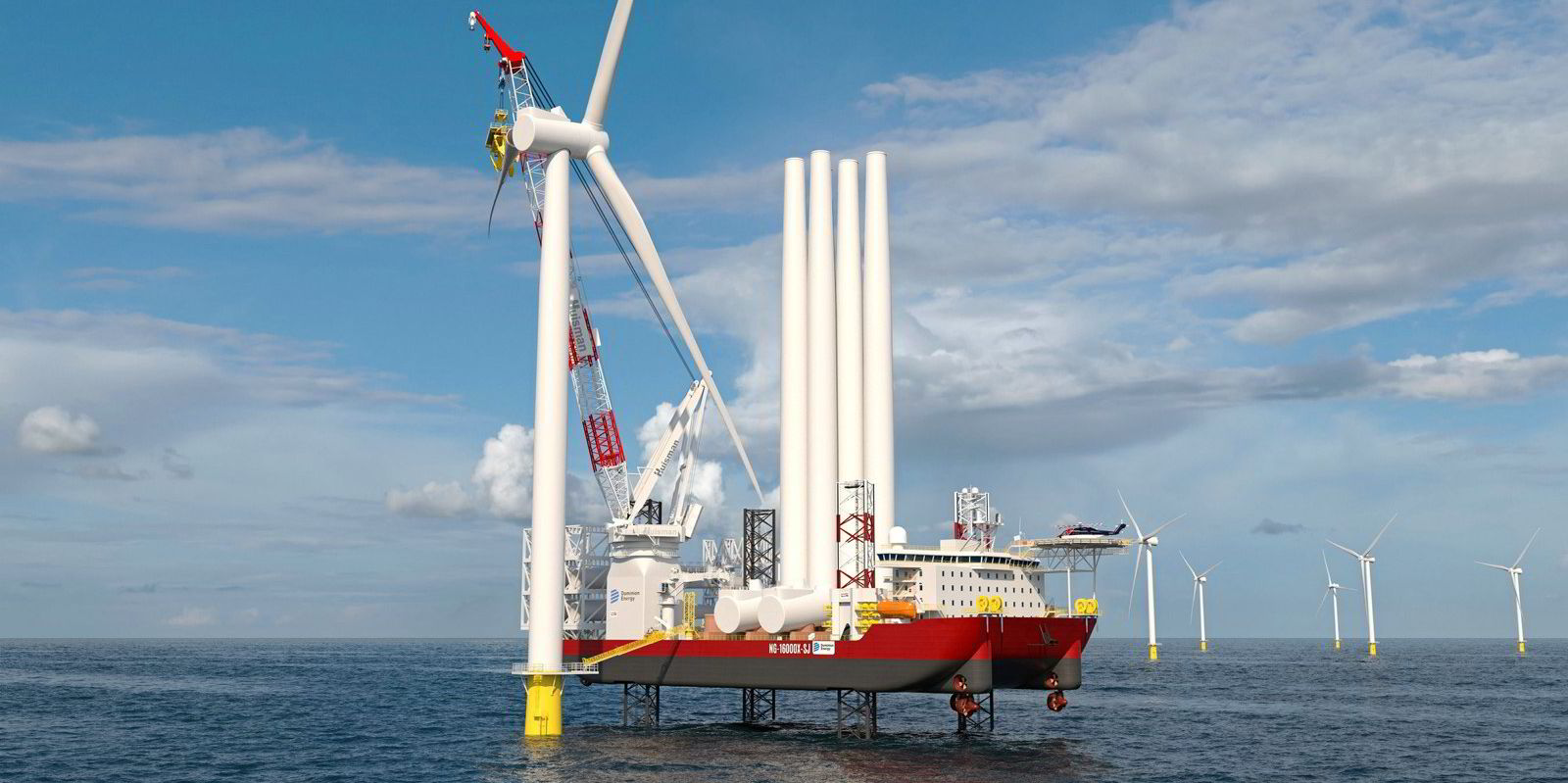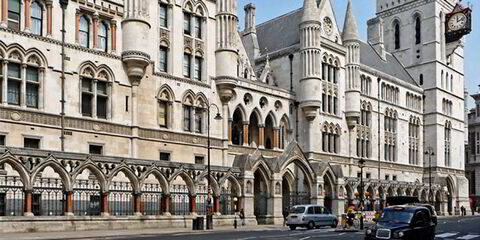The Biden administration's ambitious goal to build US offshore wind farms generating 30 gigawatts of energy has teed up a race to provide project developers with the vessels they will need for this nascent market.
But few participants in this race have even made it to the starting line, with just one wind turbine installation vessel (WTIV) and one service operation vessel (SOV) under construction in the US.
Despite excitement over the emergence of a new market for US shipowners, there remains uncertainty over how quickly it can develop because of a complex dance the sector is facing: projects need ships to move forward, shipowners need projects to commit to order vessels, and shipyards will need time to build them.
Some renewables and shipping experts have warned that the need to build a fleet of US-built vessels for this market could impact the ability of offshore wind projects to ramp up to meet the Biden administration's target.
And some in the Jones Act sector — in which vessels carrying goods or people between two US points need to be American-made — have said that it will be challenging to provide the vessels at the pace they are needed.
Uncertainties hang over the pipeline for permitting new projects, developers' willingness to commit to long-term charter contracts for vessels and the ability of US shipyards to deliver newbuildings to deadline.

Jeff Andreini, who is vice president of the new energy services division at US maritime giant Crowley, said US shipyard capacity to build Jones Act ships, such as SOVs, is going to be a significant challenge.
"It takes roughly about three years to build an SOV, so you can kind of do the math and see there is just not enough capacity in order to meet all of those needs," he said in an interview with TradeWinds.
Crowley has eight of 13 available Jones Act barges capable of the feeder work needed to deliver turbine parts, such as 120-metre blades, to the WTIVs carrying out the work.
But even in this niche, there will be a need to build more feeder ships to carry those items to foreign-flag WTIVs in the future.
"We do not have enough assets here in the United States to be able to do even the transportation and installation," he said.
Other challenges are the lack of port facilities and training staff to work on ships and at the future wind farms.

Alexander Flotre, head of offshore wind at research firm Rystad Energy, said project timelines have already been extended.
"These projects have been pushed toward 2025 and onwards, making the second half of this decade quite, quite congested," he told the TradeWinds Jones Act Offshore Wind Vessel Forum.
Momentum has picked up since Joe Biden became US president in January and then pushed his "30 by 2030" target.
Rystad estimated that there need to be 18 US-built SOVs — including commissioning SOVs, or CSOVs, that are used in construction — to meet the needs of US projects. That rises up to 27 SOVs if the US is to reach the 30-GW goal.

As TradeWinds has reported, ABS senior vice president Peter Fitzpatrick has said that US shipyards have a track record of adapting and changing to new challenges.
"In the short term, we are quite confident that the US market can respond. We have enough time," he said at the forum.
Fitzpatrick said the US classification society expects three to four Jones Act WTIVs could be needed by 2025, and about seven SOVs and some 30 to 50 crew transfer vessels.
Despite Washington's push on offshore wind, there is little in the way of new support of the vessels needed to build projects.
Joan Bondareff, a lawyer focused on shipping and renewables at Blank Rome, told the TradeWinds forum that Biden's sweeping Build Back Better spending legislation is being closely watched for its support of port infrastructure for wind.
"Shipyards, not quite so much," she said, as it appears any help for shipbuilders in the Build Back Better plan will be left on the cutting-room floor.
Bondareff also urged the US Maritime Administration to do more to use its Title XI loan guarantee programme to back Jones Act vessels.
"In order for shipyards to take advantage of it, we really need to work out a way to streamline that programme," she said.




